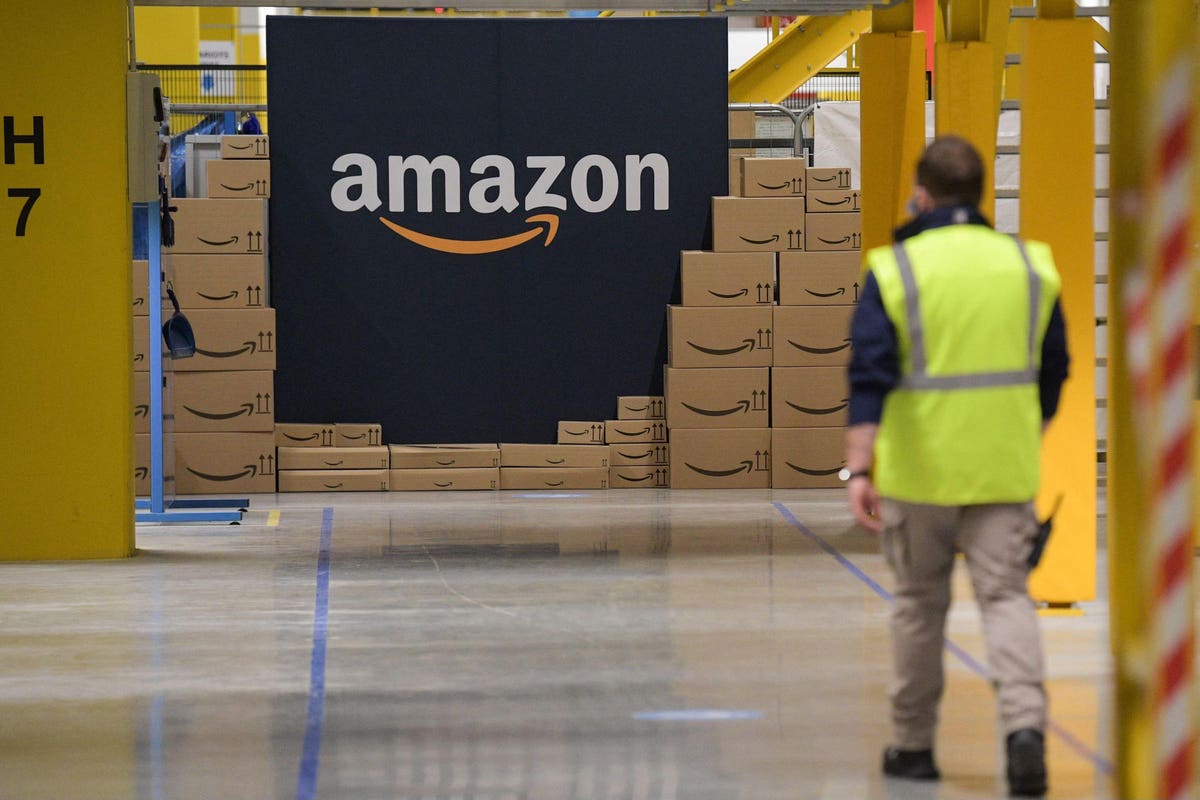Despite economic headwinds, Ulta Beauty
ULTA
AMZN
Amazon is the clear online leader across all 11 beauty and personal care categories in the U.S. and continues to win share. In fact, Amazon gained market across all categories except depilatories in the second quarter of 2023 compared with the previous year, according to new e-commerce research from Euromonitor International.
Among the top players selling beauty and personal care online in the U.S., only Amazon and Walmart
WMT
How Amazon bests beauty specialists
Amazon wins in the beauty space – and many others – by offering everyday low prices, a wide product range and unrivaled logistics. This strategy is enabling the e-commerce giant to undercut generalists and specialists alike. While Amazon touts its affordability, some beauty specialists, like Sephora, position themselves as more premium and price accordingly.
Although Amazon wins in part because it sells such a wide assortment of products online, it also outpaces Ulta and Sephora in key categories – color cosmetics and skincare. These are the two biggest online beauty categories for all three retailers in terms of value. As a result, performance in these areas heavily impacts the retailers’ overall beauty strategy.
Both Ulta and Sephora lost online share in these categories over the last year, according to Euromonitor’s e-commerce research. When the two categories are viewed together, the beauty specialists sold the same amount in the second quarter of 2023 compared to 2022. Amazon sold almost $1 billion more, allowing it to steal share.
Seasonality also plays a factor in Amazon’s strategy. In 2022, the e-commerce giant posted its strongest performance in the fourth quarter across all beauty and personal categories. In fact, Amazon generated a third of its 2022 sales during this period. In contrast, only 27% of Ulta’s online sales were made in the fourth quarter.
This period coincides with the traditional holiday shopping season – a time of year when consumers splurge on gifts. Shoppers turn to Amazon because they have confidence in the e-commerce titan’s logistics capabilities to deliver on time. The holidays and its own shopper events like Amazon Prime Day are when it most outperforms many retailers.
How Amazon leverages its shopping events
Amazon’s promotional strategy shifts considerably during Amazon Prime Day – an annual 48-hour event hosted near the company’s anniversary in early July. During both this and its Prime Early Access sale in October, Amazon promotes thousands of products, including beauty and personal care.
The top reason that consumers participate in a retailer-led shopping day is to save money via discounts or promotions, according to Euromonitor’s Voice of the Consumer: Digital Survey. Nearly 60% of U.S. digital consumers point to this reason followed by the offer of free shipping and the opportunity to try new products. Amazon tapped into this desire to save during its recent Prime Day.
Amazon’s percentage of beauty and personal care products on promotion peaked at 17% during Prime Day on July 13, up from its 11% average outside of the sale period, according to Euromonitor. While the promotional rate increased across other retailers selling beauty and personal care online during Amazon Prime Day, the peak was not as steep as seen with Amazon.
The Euromonitor data also shows a trend whereby retailers adjusted their promotional strategies in 2023 as compared with 2022. Amazon promoted more heavily during Prime Day in 2023 than 2022, with the promotional incidence peaking at only 11% in 2022 versus 17% in 2023. In general, though, Amazon’s promotional incidence was two to three percentage points higher before and after Amazon Prime Day in 2023 than in 2022.
Quite the opposite happened at the collection of other retailers. The group had a higher promotional rate in 2022 than Amazon did. In fact, the rate across this group was even higher than Amazon during Prime Day (11% versus 16%), according to Euromonitor. The non-Amazon retailers likely felt more pressure than the leading player to offer promotions to drive sales and reduce inventory amid greater economic uncertainty.
Promotions are not core to Amazon’s strategy
Ongoing promotions are not a central part of Amazon’s strategy – at least on a year-round basis. For the first six months of the year, Amazon offered fewer beauty and personal care products on promotion than the average retailer. Only 11% of Amazon’s SKUs were promoted, with the most common being strikethrough pricing, according to daily promotional data from Euromonitor.
The two largest beauty specialists promoted the same percentage or fewer SKUs than Amazon. Ulta had an 11% promotional incidence rate whereas Sephora’s sat at only 6% for the first six months of the year, according to Euromonitor. To some extent, this can be attributed to Sephora positioning its retail banner as more premium than Ulta or others.
Although both Amazon and Walmart position themselves as offering everyday low prices, their respective promotional strategies vary considerably. During the first six months of the year, Walmart promoted 18% of the beauty and personal care SKUs sold online in contrast to Amazon’s 11%, according to Euromonitor’s daily promotional data.
They also vary in terms of what they promote. Amazon most heavily promoted baby and child-specific products, followed by deodorants and fragrances. In contrast, the categories that were most frequently promoted at Walmart included fragrances followed by color cosmetics and hair care. The commonality is that these categories represent some of the weakest performing online categories for each retailer, according to Euromonitor analysis.
Competing against Amazon
Amazon has a commanding lead in beauty and personal care e-commerce, but there are opportunities for other retailers.
Although Amazon controls half the market, one potential growth category is fragrances given that many premium brands prefer not to work with the marketplace. Amazon’s weakest online beauty and personal care categories in terms of share of the category include deodorants, bath and shower, and color cosmetics, Euromonitor’s e-commerce data shows.
Opportunities go beyond categories. Competing retailers should leverage their strengths to best Amazon. For beauty specialists like Ulta and Sephora, that would be their deep understanding of their respective customer bases. They can drive loyalty with beauty enthusiasts in a way that Amazon cannot. Besides their loyal fan bases, retail generalists like Target
TGT
Read the full article here





